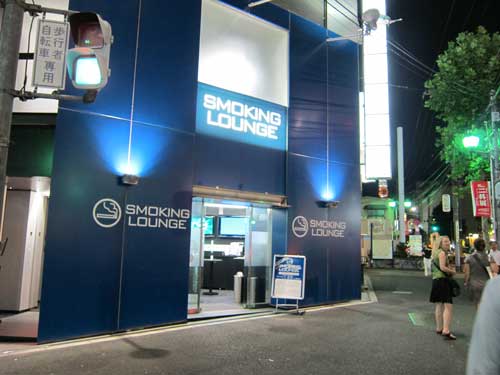
最近、よくこの下北沢の商店街に行きます。日暮れはとてもきれいです。自転車で行けて、おいしいコーヒーのお店があります。東京の商店街には、いろいろ小さな店があります。商店街のデザインは散歩したり、ぶらぶらしたりすることがしやすいようになっています。古いけれど、商店街のストリートデザインはヨーロッパとアメリカで人気が出てきています。どうして都庁は車を支持して、商店街を支持しないのでしょう?
Recently I have been spending more time on this Shimokitazawa shoutengai, or commercial strip full of very small businesses. This one is northwest of the station, and somewhat hard to find. What’s great is its combination of shops run by old timers alongside imported hipster clothes, one of Tokyo’s best coffee shops called Bear Pond that roasts their own beans, a hookah bar, and at least ten hair salons.
There are thousands of these shopping streets in Tokyo, near transit stations and along routes that connect homes, workplaces, schools, and leisure areas. It’s strange that Tokyo Metropolitan Government is still so focused on cars and their movement across the city at the expense of walking and biking and other forms of common space usage. There is little government recognition or support for the idea that these relics of past decades are in fact some of Tokyo’s most forward-looking urban public spaces.
Lively pedestrian zones are common in Europe, and becoming more so in many cities in the United States. By not segregating cars, pedestrians, and bicycles, the street pace slows down to pedestrian speed while still allowing passage for delivery trucks and cars. The way the street is painted makes it appear even more narrow, providing further social cues about speed and usage.
Many of Tokyo’s shoutengai are suffering as consumers shift towards shopping at big box stores and driving as a primary form of transportation. The city government is truly looking backwards when it promotes automobile usage and fails to recognize the value of these vernacular public spaces that support human interaction and the environment.















